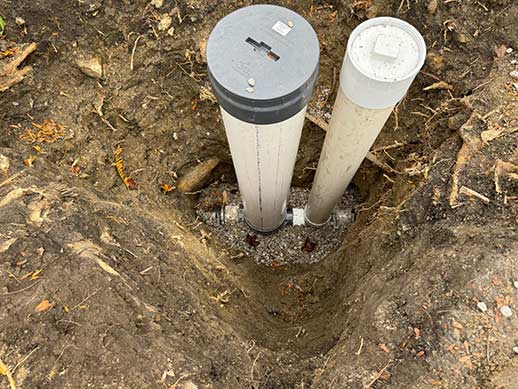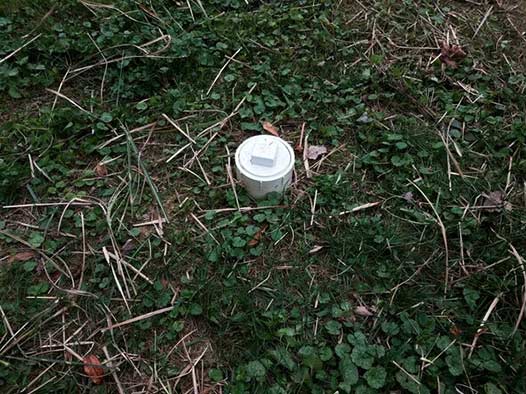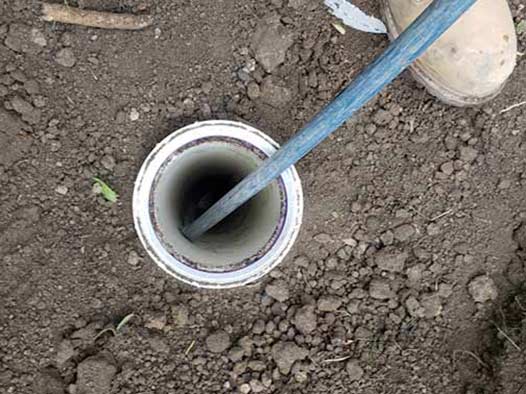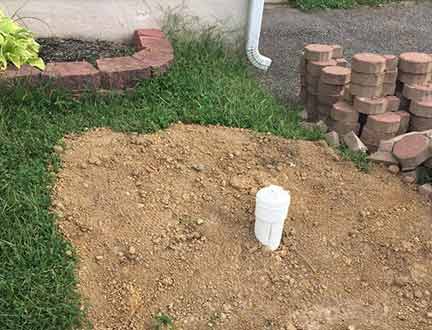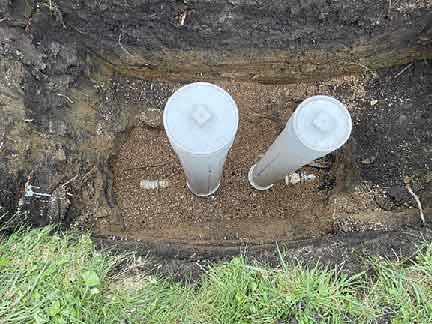The Importance of Maintaining a Clear Main Sewer Line
Having a clear main sewer line is essential for the proper functioning of your plumbing system. When a clog occurs in the main sewer line, it can lead to a variety of issues such as slow drains, sewage backups, and even potential damage to your property. While the ideal solution is to have a cleanout installed, sometimes it may not be readily available. In such situations, knowing how to unclog a main sewer line without a cleanout can save you time, money, and inconvenience.
Understanding the Main Sewer Line
Before we delve into the methods of unclogging a main sewer line without a cleanout, it is important to have a basic understanding of how the main sewer line works. The main sewer line is the largest and most critical part of your plumbing system. It connects all the drains in your home to the municipal sewer system or septic tank. It is typically buried underground and is responsible for carrying waste from toilets, sinks, showers, and other fixtures out of your home.
Identifying a Clogged Main Sewer Line
Recognizing a clogged main sewer line is crucial in order to take the appropriate action. Here are some common signs that indicate a clog in the main sewer line:
- Multiple drains in your home are slow or completely blocked.
- Water backs up into other fixtures when you flush the toilet.
- An unpleasant odor emanates from your drains.
- Gurgling sounds can be heard from your drains or toilet.
- Sewage backups occur in your basement or lower levels of your home.
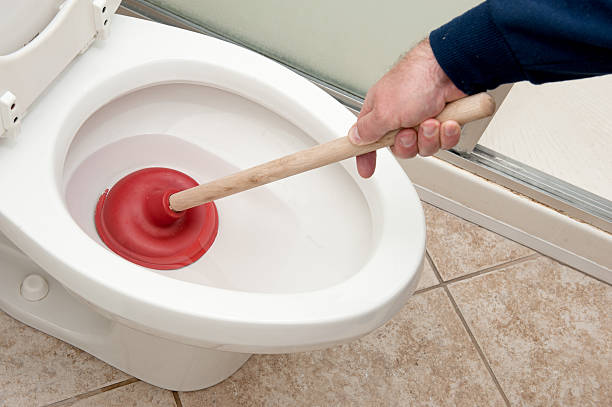
While plunging can be effective for minor clogs, it may not be sufficient for more stubborn blockages.
Methods to Unclog a Main Sewer Line Without a Cleanout
While having a cleanout installed is the most effective and convenient way to unclog a main sewer line, it is not always an option. However, there are several alternative methods that you can try before resorting to professional help:
1. Plunging
Materials Needed: Plunger, petroleum jelly
Plunging is not just for unclogging a toilet; it can also be used to clear clogs in the main sewer line. To effectively plunge a main sewer line, follow these steps:
- Apply a thin layer of petroleum jelly around the rim of the plunger to create a better seal.
- Make sure there is enough water in the toilet bowl to cover the plunger.
- Place the plunger over the drain opening and push it down firmly.
- Rapidly pump the plunger up and down several times, maintaining a tight seal.
- Release the plunger to see if the clog has been dislodged.
- Repeat the process if necessary.
While plunging can be effective for minor clogs, it may not be sufficient for more stubborn blockages. If the clog persists, try other methods or consider seeking professional assistance.
2. Using a Plumbing Snake
Materials Needed: Plumbing snake (also known as an auger)
A plumbing snake is a flexible and elongated tool that can be inserted into the drain to break up or remove clogs. Here’s how to use a plumbing snake to clear a main sewer line:
- Insert the plumbing snake into the drain entry point.
- Rotate the handle of the snake clockwise to help it navigate through the pipe.
- Continue feeding the snake into the pipe until you encounter resistance.
- Once you encounter the blockage, manually rotate the handle counterclockwise to break up the clog.
- Gradually retract the snake from the pipe, removing any debris or obstructions.
- Flush the drain with water to test if the clog has been cleared.
A plumbing snake can be an effective tool for removing clogs located further down the main sewer line. However, if you are not comfortable using a plumbing snake or if the clog persists, it is advisable to contact a professional plumber for assistance.
3. Homemade Drain Cleaners
Materials Needed: Baking soda, vinegar, hot water
If you prefer a more natural approach to unclogging your main sewer line, homemade drain cleaners can be an effective solution. Here’s how to make and use a homemade drain cleaner:
- Pour one cup of baking soda down the drain.
- Follow it with one cup of vinegar.
- Quickly cover the drain with a plug or cloth to prevent the mixture from escaping.
- Let the mixture sit for at least 30 minutes, allowing it to break down the clog.
- Boil a kettle of hot water.
- Pour the hot water down the drain to flush away the mixture and dislodge the clog.
This method works by the chemical reaction between the baking soda and vinegar, which produces carbon dioxide gas. The pressure from the gas can help dislodge the clog in the main sewer line. However, it is important to note that homemade drain cleaners may not be as effective for more severe clogs.
4. Hydro Jetting
Materials Needed: Professional hydro jetting equipment
If all else fails or if you are dealing with a persistent and stubborn clog in your main sewer line, hydro jetting can be a highly effective solution. However, this method requires the assistance of a professional plumber who has the necessary equipment and expertise.
Hydro jetting involves the use of high-pressure water to clear out debris, accumulated sludge, and even tree roots from the main sewer line. The professional plumber will insert a specialized hose with a nozzle into the main sewer line and release a powerful stream of water to break up the clog and clear the pipe.
It is important to remember that hydro jetting should only be performed by a trained professional to avoid any potential damage to the pipes. The high-pressure water can cause harm if not used correctly, so it is best to leave this method to the experts.
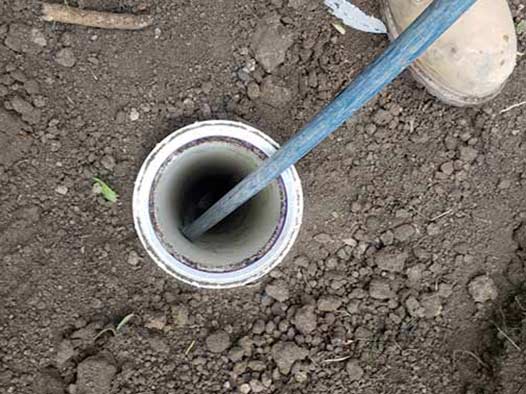
Hydro jetting involves the use of high-pressure water to clear out debris, accumulated sludge, and even tree roots from the main sewer line.
Preventive Measures to Maintain a Clear Main Sewer Line
While knowing how to unclog a main sewer line without a cleanout is valuable, it is equally important to take preventive measures to avoid clogs in the first place. Here are some tips to maintain a clear main sewer line:
- Avoid flushing anything other than toilet paper down the toilet.
- Dispose of kitchen grease, oil, and fat in a separate container instead of pouring them down the drain.
- Install drain screens to catch hair, small objects, and debris before they enter the drain.
- Regularly clean and maintain your drains and pipes by using natural drain cleaners or scheduling professional drain cleaning services.
- Avoid planting trees or shrubs near the main sewer line to prevent root intrusion.
By implementing these preventive measures, you can significantly reduce the risk of clogs in your main line and ensure the smooth operation of your plumbing system.
In Summary
A clogged main sewer line can cause major disruptions and inconvenience in your home. While having a cleanout installed is the best solution, there are alternative methods that you can try to unclog a main sewer line without a cleanout. Plunging, using a plumbing snake, utilizing homemade drain cleaners, and, in severe cases, seeking professional hydro jetting services are all viable options. By understanding the signs of a clogged main sewer line, knowing the various unclogging methods, and implementing preventive measures, you can maintain a clear and functional sewer line, ensuring a smoothly operating plumbing system for your home.
